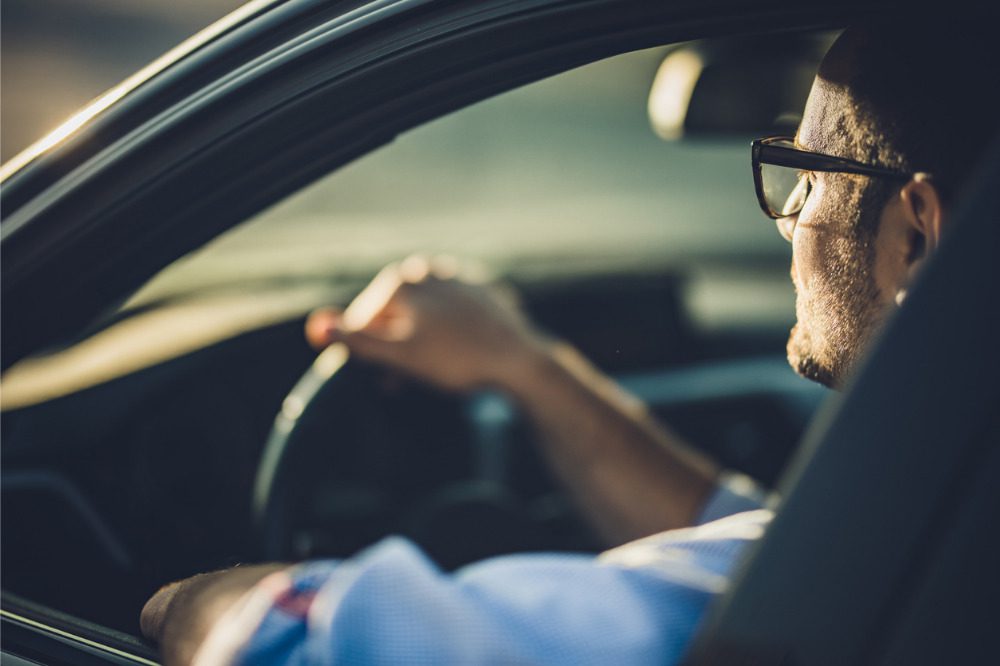Auto insurers may charge unvaccinated drivers more for insurance – report

The researchers also found that unvaccinated individuals were 72% more likely to be involved in a severe car collision (defined as an accident where at least one person was transported to the hospital) than those who received the vaccine. The researchers noted that this risk level is akin to the increased risk of car crashes for drivers with sleep apnea, Fortune reported.
According to the authors of the study, the excess risk of collisions that unvaccinated drivers have “exceeds the safety gains from modern automobile engineering advances and also imposes risks on other road users.”
The authors also noted that while refusing the vaccine does not automatically mean that someone will be involved in a crash, Rather, it was theorized that those who resist public health recommendations might also “neglect basic road safety guidelines.” The paper’s authors have suggested potential reasons for such behaviour, including a distrust of the government, a belief in freedom, misconceptions, faith in “natural protection,” antipathy toward regulation, misinformation, poverty, and personal beliefs.
The researchers have also suggested that because the findings are significant, primary care doctors should consider counselling unvaccinated patients on traffic safety. They also noted that insurers might base changes to insurance policies based on a policyholder’s vaccination status.
“The findings suggest that unvaccinated adults need to be careful indoors with other people and outside with surrounding traffic,” the study’s authors concluded.
But there is more to driving issues than just drivers’ vaccination statuses.
As driving activity slowly returns to pre-pandemic levels, many auto insurers have cautioned that distracted driving would be an emerging concern. Desjardins’ most recent survey found that 64% of drivers have identified distracted driving as their biggest risk factor, followed by driving under the influence of alcohol (57%) and drugs (44%), and aggressive driving (52%).





